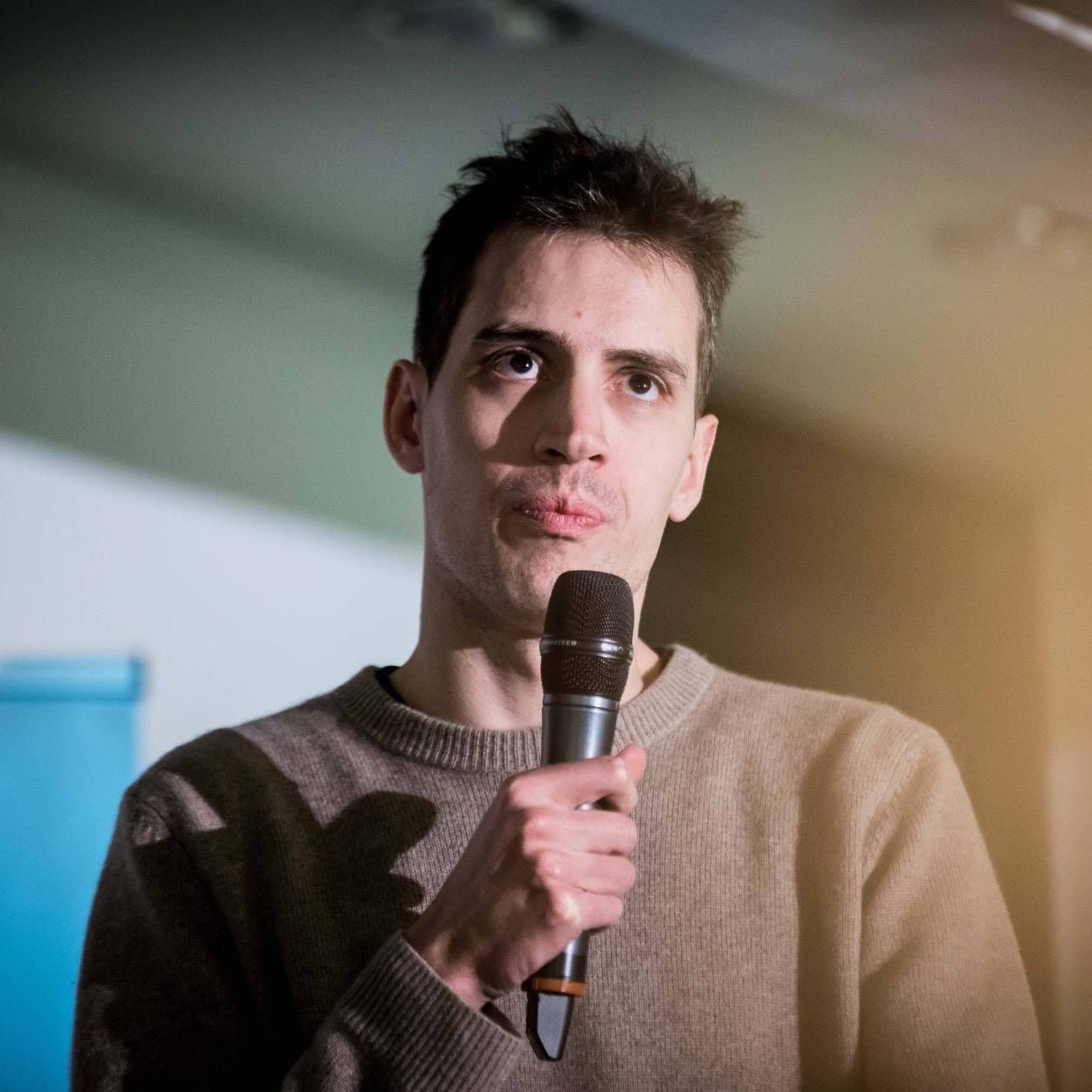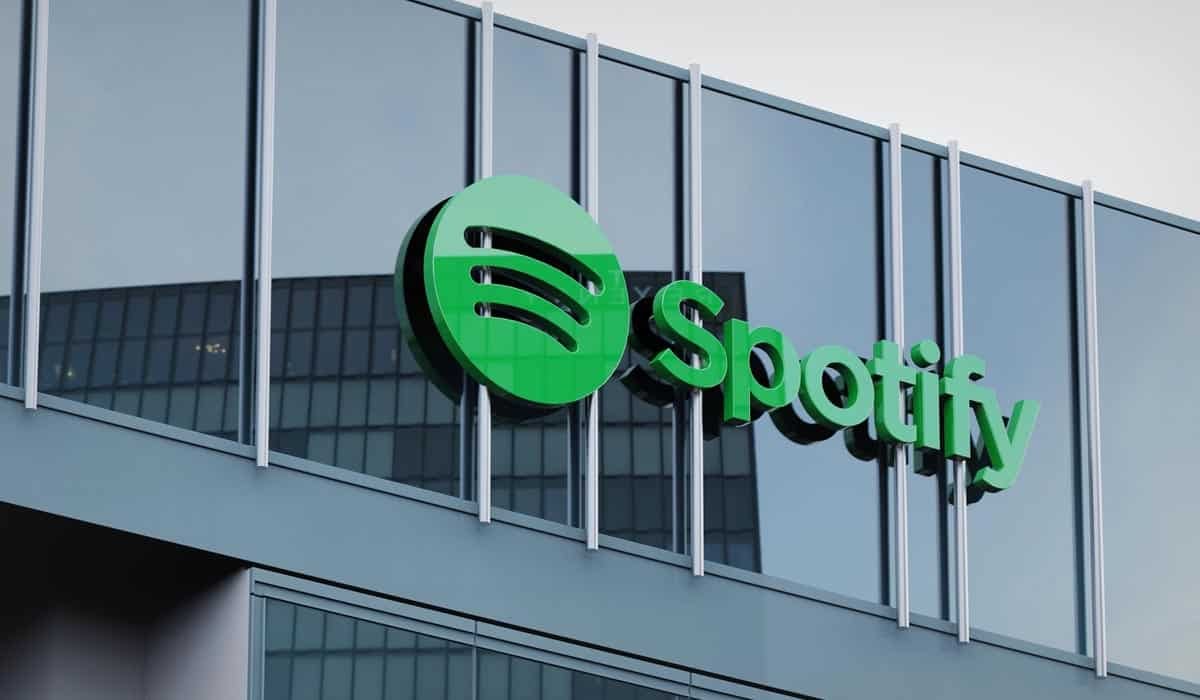Mistral x Apple: The €15B Exit That Could Reshape European Tech
The Equity Story Behind Mistral’s Potential €15B Exit
Today’s edition comes with a special thanks to Julien Petit and his excellent publication here on Substack, Mighty Nine, where this article was initially published.
Julien was kind enough to let us share his recent piece, which dives into one of the most important stories in European tech this year: Mistral x Apple and the €15B exit that could reset the rules of the game.
In this article, Julien lays out how the Mistral-Apple deal might reshape Europe’s tech landscape — from capital flows to strategic positioning — and why it matters not just as a headline exit, but as a signal of what’s next for founders, investors, and policymakers.
If you’re not already following Mighty Nine, you should — Julien has a sharp lens on the shifts that matter in European venture and beyond. I’m grateful to feature his work here and encourage you to explore more of his writing.
If you liked the article, make sure to subscribe to Migthy Nine.
And to forward it to someone who could benefit from reading it.
This is just an exercise. Not a prophecy.
What you're about to read isn’t speculation. Nor is it a manifesto for or against Mistral being acquired. It’s simply an equity story. But one that’s worth unpacking with care.
Because if Apple were to acquire Mistral for €15 billion, this would become the largest VC-backed exit in the history of French tech. And not by a small margin.
Until now, no French VC-backed company in the past 20 years has ever crossed the €2 billion exit threshold. Only three have cleared the €1 billion bar:
Criteo (IPO, 2013)
Kyriba (acquired by Bridgepoint, 2019)
Believe (IPO, 2021)
The combined value of those three exits? Roughly €5.5 billion.
So, a Mistral acquisition at €15 billion wouldn’t just be a win. It would be an anomaly, a historic outlier. A geopolitical signal, even.
It would also instantly reposition France in the European leaderboard of VC-backed exits. Today, France ranks 10th, behind the Netherlands, Denmark, Finland, Spain, and Portugal. A single €15B deal would catapult it to 5th place, right behind:
The UK
Germany
Sweden
Romania (thanks to UiPath)
In other words, this wouldn’t be just another transaction. It would be a moment. A shift. A headline that rewrites what’s possible, and puts France where it should be, not where it currently stands: 10th.
And so, in this spirit, not of prediction, but of mental gymnastics, let’s dive in.
Act I – Reconstructing the Cap Table
Let’s start with what we know. Here's a reconstructed timeline of Mistral’s funding:
April 2023 – Founded with €15K in capital with a few early backers (Cédric O, Alan co-founders) hold ~4.7%.
June 2023 – Seed Round: €105M raised, led by Lightspeed with Antoine Moyroud as the key partner behind the investment. Other participants include Index, Redpoint, Headline, LocalGlobe, First Minute, Exor, Sofina, Bpifrance, Motier Ventures, Eric Schmidt, Xavier Niel, and Rodolphe Saadé. Post-money valuation: €240M. Investors took ~43.8%.
Dec 2023 – Series A: €385M led by a16z, with participation from General Catalyst, Lightspeed, Salesforce, BNP Paribas, Nvidia, Elad Gil and Conviction. Post-money: ~€1.86B. Investors took ~15.8%.
Feb 2024 – Microsoft partnership + €16M investment, added late to the Series A.
June 2024 – Series B: Mistral raised €468M at a post-money valuation of €5.8B, with investors acquiring 6.56% of the company.
Existing backers Lightspeed, Andreessen Horowitz, Headline, Salesforce Ventures, Bpifrance, and BNP Paribas doubled down. The round also attracted strategic newcomers: Nvidia, IBM, Cisco, ServiceNow, Samsung Ventures, Korelya Capital, and Hanwha Asset Management.
April 2025 – CMA CGM partnership: Announced as a €100M multi-year commercial contract to co-develop tailored AI solutions for logistics and media. This is not an equity investment; no additional shares were issued. CMA CGM remains a shareholder from earlier rounds (notably Series A), but its ownership stake is unchanged by this partnership.
In total, Mistral raised approximately €1.3 billion in just 24 months, including €0.97B in equity rounds, a €100M commercial contract with CMA CGM, and an estimated €200M in debt. A staggering ramp-up of capital for a company barely two years old.
Based on available data and estimated dilutions, here’s a rough breakdown of the current cap table (full cap table available here):
Founders: ~35.6%
Other early supporters (Alan co-founders, Cédric O): ~ 1.8%
Seed Investors: ~ 32.6%
Series A Investors: ~15%
Series B Investors: ~ 6.5%
ESOP / Employees: ~ 8%
If Mistral were acquired for €15B, here’s how the pie would be split:
Founders: ~€5.3B
Other early supporters: ~€267M
Seed investors: ~€5B (26x)
Series A: ~€2.25B (6x)
Series B: ~€1B (2x)
Employees: ~€1.24B
One thing stands out: the Seed investors stand to make a 26x return. That includes Lightspeed, which may have committed as much as €60-80M in the seed round (not counting their participation in the A and B rounds), making between €1.5B and €2B in return. If that’s true, it would mark the largest return ever achieved by a French individual, Antoine Moyroud, operating from a US venture firm. A staggering win on a bold early bet, and a powerful reminder that having boots on the ground and a deep relationship in every major European city is no longer a nice-to-have, it’s a strategic imperative to access the next generational deals.
Not over five years. Not over a decade. But in 24 months.
🧠 Act I – Conclusion:
Everyone wins, but the impact goes beyond numbers.
The founders become billionaires.
Antoine Moyroud enters the big leagues, and he’s only 30. Which is great, because he’s also a genuinely good guy.
Seed funds post real DPI, not just paper unicorns.
Employees cash out and gain experience at the highest level.
But perhaps most importantly:
A generation of Mistral employees will emerge from this adventure irradiated by world-class execution. They will have money, hunger, and the desire to build. The Mistral Mafia will be real and it will be loaded.
Because great exits don’t just enrich portfolios. They regenerate ecosystems. They create new angels. New founders. New benchmarks.
But all of this depends on one thing: The right buyer. The right timing. The right story.
Act II – The Apple Hypothesis
Let’s imagine the current rumour is true: Apple is preparing to acquire Mistral for ~€15B.
What would that mean?
On paper, it makes strategic sense. Apple’s AI efforts are focused on on-device inference, not just cloud-based models. They’re quietly positioning themselves as the OS layer of small model deployment. Mistral’s lightweight models and open-source approach fit perfectly into that vision. And with Voxtral, they’ve quietly become a serious contender in voice AI, fast, accurate, and multilingual.
Unlike OpenAI (too tied to Microsoft), or Anthropic (tangled with Amazon + Google), Mistral is still relatively neutral. Agile. Young. Flexible.
More importantly, Apple has the cash. And the need.
Buying Mistral gives them:
Technical talent
A narrative refresh
And for Mistral?
Distribution power
Long-term stability
Time to build deeper infra
But it raises one big question: Is Apple the best acquirer for Mistral?
Act III – What If It’s Not Apple?
Let’s widen the lens, if not Apple, then who… especially in Europe 🇪🇺?
SAP? Too enterprise. Too slow.
Revolut? Too extractive. Not the DNA.
Adyen or other fintechs? No strategic overlap.
ASML? No logic.
Dassault Systèmes? Misaligned.
One player stands out:
Spotify.
Yes, Spotify.
Why?
They have the cash…well, some, as for the full year 2024, Spotify reported annual free cash flow of $2.47B. And 2025 is looking great too.
They have the product DNA.
Daniel Ek is an elite operator and a bold one.
They understand audio, speech, emotion, and model compression.
Buying Mistral could be their OpenAI moment. It could reposition them from a content aggregator to an AI-native consumer infrastructure company.
And culturally, it makes sense.
Spotify it’s a product company. And Mistral is a product-centric AI lab. The fit could be extraordinary.
So no, this isn’t just about who can afford it. It’s about who can amplify it.
Act IV – The Strategic Dilemma
We’ve seen the numbers. We’ve imagined the buyers. Now comes the real question:
Should Mistral sell or keep building?
This isn’t about taking chips off the table. It’s about choosing your next game.
Sell too early, and you give up the chance to build an iconic independent player. Wait too long, and you might get locked out by infra, by API moats, by capital scale.
Today, Mistral is at the perfect fork:
Young enough to stay fast and dangerous
Funded enough to remain independent
Visible enough to attract suitors
But that window won’t stay open forever.
An exit now would spark a cascade:
DPI for funds
Liquidity for employees
Strategic alignment with a power player
An entire generation of second-time founders
Whatever happens, one thing is certain:
This isn’t just about Mistral anymore; it’s about the entire ecosystem of stakeholders around it.
And that’s why this moment matters.
Let’s see what they choose.
The author of this post is Julien Petit.
This article was brought to you by Venture Secondaries. If you want to read more like this, subscribe below and join our growing community, The Guild, to stay close to the heart of the secondary market.





